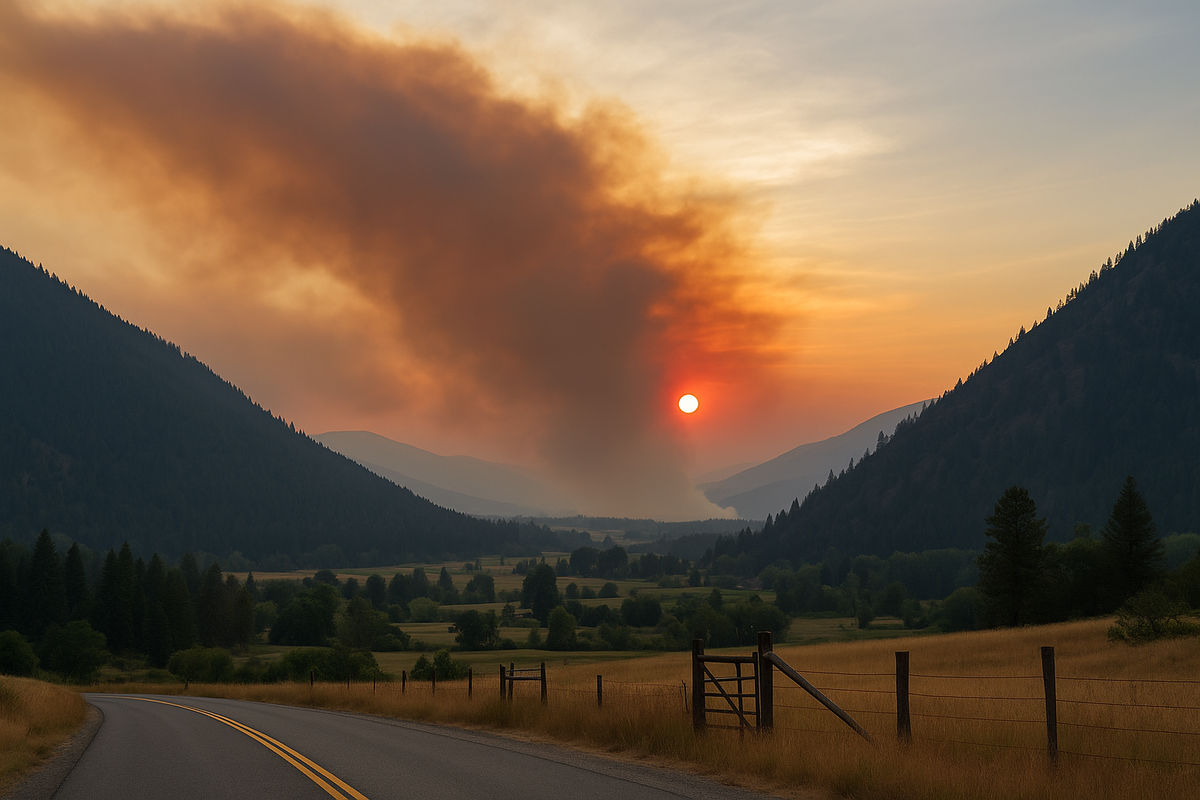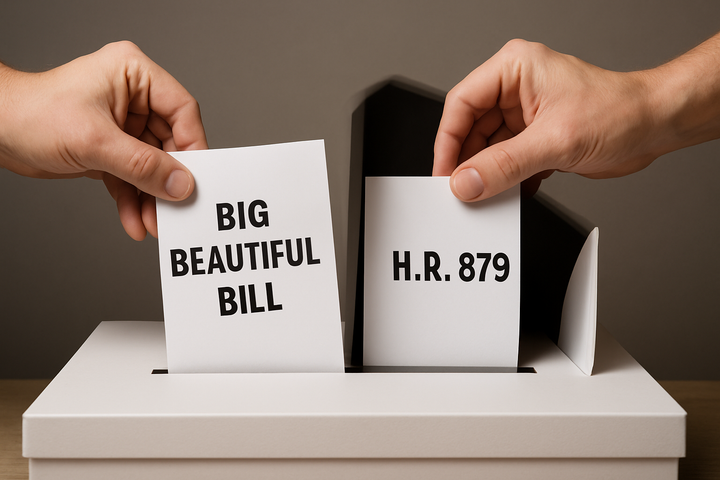Left to Burn: EPA Grant Cuts Are Smothering Rural Washington’s Fight for Clean Air

The Air Is Still, But not Clean
In the early days of summer, with wildfire season looming, the people of Washington’s Methow Valley are preparing for smoke. But this year, they’re doing it with fewer tools and less help. Jasmine Minbashian, director of the Methow Valley Citizens Council, put it bluntly: “We’re basically abandoning people who need it most.” A critical $440,000 grant her organization had secured from the Environmental Protection Agency to help low-income residents access clean air resources was suddenly gone, swept away in a broader wave of federal cuts.
How Did We Get Here?
In early 2025, the Trump administration’s newly appointed EPA Administrator, Lee Zeldin, oversaw the cancellation of more than $1.5 billion in environmental justice and climate resilience grants. Framed as a budgetary "realignment," the cuts disproportionately impacted rural and low-income communities in the West, especially those that had already secured funding for wildfire smoke mitigation, air purification, and community outreach.
But these cuts weren’t accidental. They followed the blueprint laid out in the pre-election policy manual Project 2025, a far-right plan that included dismantling environmental safeguards and erasing climate priorities from federal policy. Zeldin’s actions, including scrapping science-backed protections and gutting environmental justice programs, mirror that playbook.
One of the plan’s most vocal supporters is Rep. Michael Baumgartner, who praised the EPA’s rollbacks of environmental protections and backed congressional efforts to eliminate agency rules. In other words, these cuts are not a glitch in the system. They are the system. And Eastern Washington, including communities like the Methow Valley in Okanogan County, is left to fend for itself.
No Shelter from the Smoke
Eastern Washington is no stranger to wildfires. In counties like Okanogan, Ferry, and Stevens, smoke-choked summers are becoming the norm. Residents—especially children, the elderly, and low-income families—depend on grant-funded programs for air filters, cooling centers, and early warning systems. Without them, asthma cases spike, ER visits rise, and rural clinics become overwhelmed. The region’s vulnerability is acute. And now, with funding pulled, more people will be left to endure harmful smoke with no defense.
When Representation Fails
Despite the direct consequences for his district, Rep. Michael Baumgartner has made no public statement opposing the EPA cuts. His silence is not neutrality; it reinforces his broader support for dismantling environmental protections. That silence is particularly striking when contrasted with Republican Senator Lisa Murkowski of Alaska and Democratic Senator Jeff Merkley of Oregon, both of whom spoke out about the urgent need for continued environmental funding. In WA-5, where voters routinely experience the effects of climate change in the form of longer fire seasons and degraded air quality, the lack of vocal advocacy is a glaring omission.
A Season Without a Safety Net
In Okanogan County and throughout Eastern Washington, residents know the smoke is coming. But now, fewer filters will be handed out. Fewer alerts will be sounded. Fewer shelters will open. “We had a plan,” Methow Valley’s Minbashian said. “And now we’re left scrambling.” The cuts may not make headlines in D.C., but for the people of WA-5, they mean more danger, more illness, and more abandonment.

